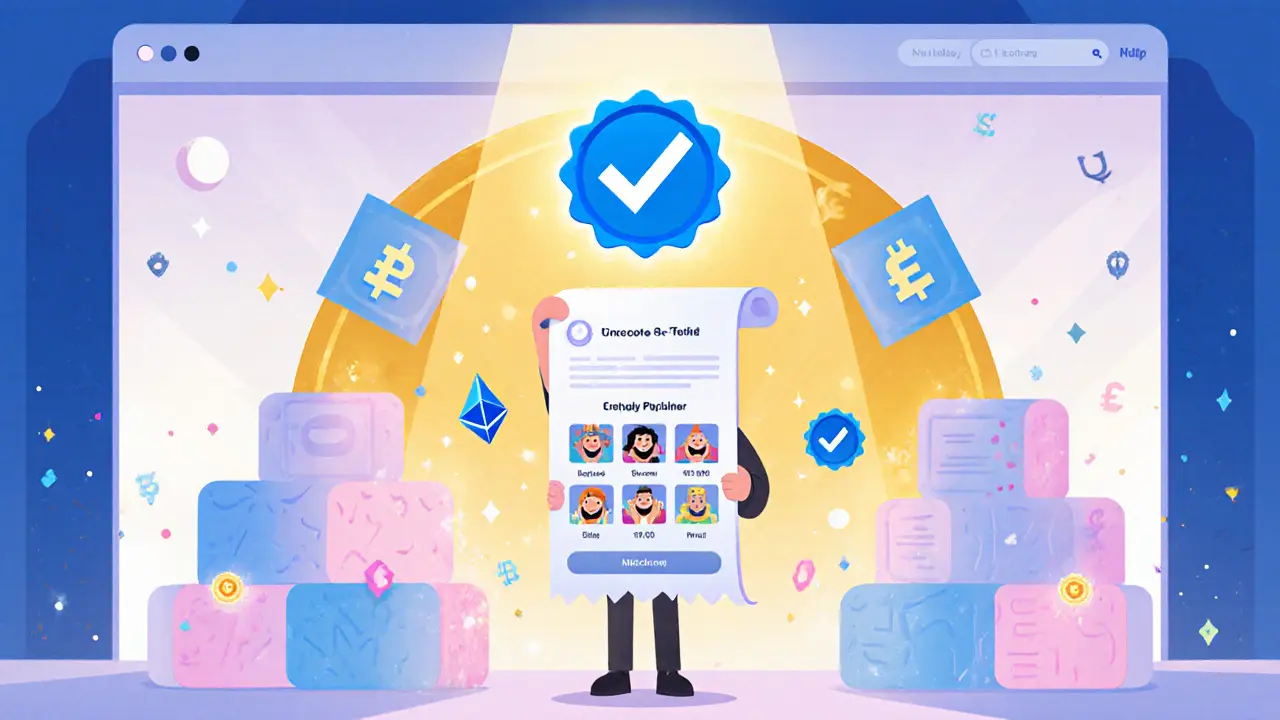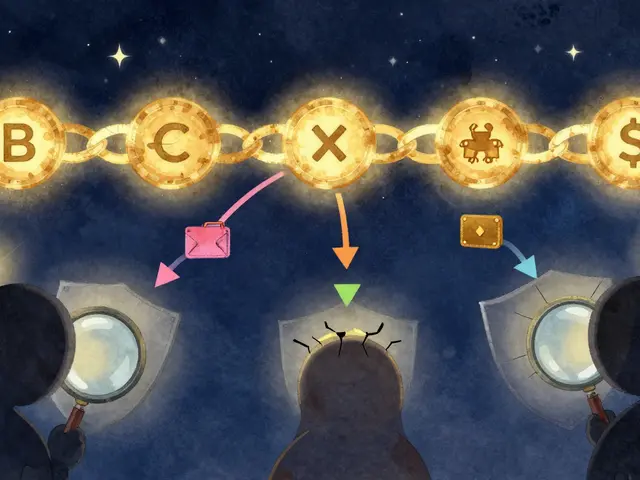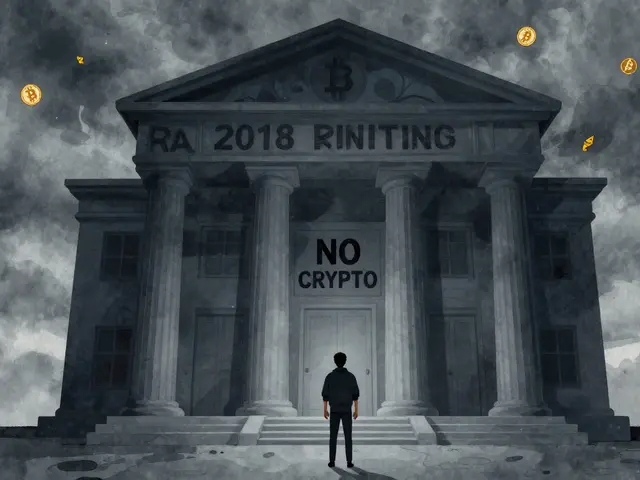Collection Verification: How to Spot Real Crypto Airdrops and Token Batches
When you start looking at collection verification, you’re really dealing with collection verification, the process of confirming that a crypto token batch, airdrop or NFT series is genuine and complies with security standards. Also known as token batch validation, it helps protect investors from fake drops. Right alongside it, airdrop verification, checking the authenticity of airdrop claims and the eligibility criteria is a must‑have step, while token legitimacy, the overall trustworthiness of a token's code, team and market data determines whether a collection is worth the hype.
Why does this matter? Because collection verification encompasses security audits, compliance checks and on‑chain data analysis. A clean audit smart contract audit, a thorough review of the contract's code for vulnerabilities gives you confidence that the token won’t rug later. Meanwhile, compliance checks, verifying that the token follows KYC/AML rules and local regulations ensure the collection won’t get shut down overnight. Together, these components influence the safety of an airdrop and protect your wallet from scams.
Key Elements of Reliable Collection Verification
First, use blockchain explorers to trace the token’s creation block and see who minted it. Look for a transparent ownership distribution; a handful of wallets holding most supply is a red flag. Second, run the contract through an AI‑assisted scanner that flags known malicious patterns; tools like MythX or Slither can surface hidden backdoors. Third, compare the project’s whitepaper and roadmap against community feedback on social platforms—real teams answer questions and publish audit reports. Finally, check the token’s listing history: exchanges that require strict due‑diligence rarely list fraudulent assets.
Common pitfalls include fake CoinMarketCap airdrops, impersonated token symbols, and “pump‑and‑dump” schemes that promise huge returns for a tiny fee. These scams rely on shallow verification, so always ask: does the project provide a verifiable audit link? Is there a clear, public treasury address? Does the team have a track record in the space? If the answers are vague, treat the collection with caution. Remember, a token’s legitimacy often hinges on the transparency of its developers and the robustness of its smart‑contract code.
Looking ahead, decentralized identity (DID) solutions are reshaping how we verify collections. By linking a token’s creator to a verified digital ID, projects can prove authenticity without revealing personal data. Regulatory trends in the U.S. and Europe are also tightening around token offerings, making compliance checks an even larger piece of the verification puzzle. Staying updated on these changes lets you adapt quickly and keep your verification process future‑proof.
Below you’ll find a hand‑picked set of articles that walk through real‑world examples of collection verification—from airdrop safety checklists and mining‑friendly jurisdiction guides to detailed audit breakdowns and scam‑avoidance tactics. Dive in to see how each concept plays out in practice and start applying these steps to protect your crypto portfolio today.
How NFT Marketplaces Verify Collections - Processes, Criteria & Best Practices
Learn how NFT marketplaces verify collections, from volume thresholds and manual reviews to emerging zero‑knowledge proof methods, plus step‑by‑step guides for OpenSea, LooksRare, and more.





